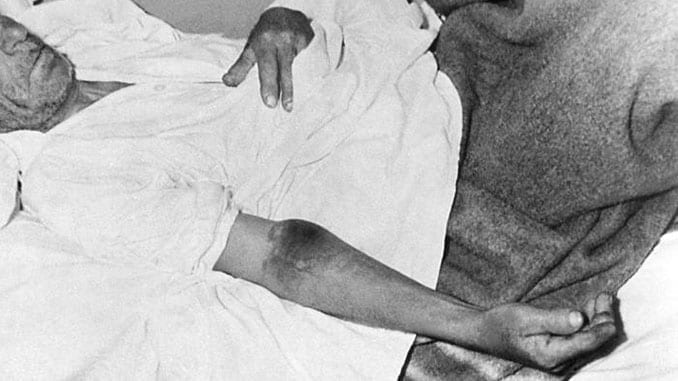The U.S. Army Medical Research Acquisition Activity is seeking contractor support to implement diagnostic methods to measure the seroprevalence of Crimean-Congo Hemorrhagic Fever Virus (CCHFV) and hantaviruses causing hemorrhagic fever with renal syndrome (HFRS) in Georgia.
CCHF is caused by infection with a tick-borne Nairovirus in the family Bunyaviridae, and is found in Eastern Europe, particularly in the former Soviet Union, throughout the Mediterranean, in northwestern China, central Asia, southern Europe, Africa, the Middle East, and the Indian subcontinent.
According to the U.S. Centers for Disease Control and Prevention, the onset of CCHF is sudden, with initial signs and symptoms including headache, high fever, back pain, joint pain, stomach pain, and vomiting. Red eyes, a flushed face, a red throat, and petechiae (red spots) on the palate are common. Symptoms may also include jaundice, and in severe cases, changes in mood and sensory perception.
In documented outbreaks of CCHF, fatality rates in hospitalized patients have ranged from 9% to as high as 50%.
HFRS is a group of clinically similar illnesses caused by hantaviruses from the family Bunyaviridae. HFRS includes diseases such as Korean hemorrhagic fever, epidemic hemorrhagic fever, and nephropathis epidemica. The viruses that cause HFRS include Hantaan, Dobrava, Saaremaa, Seoul, and Puumala.
Symptoms of HFRS usually develop within 1 to 2 weeks after exposure to infectious material, but in rare cases, they may take up to 8 weeks to develop. Initial symptoms begin suddenly and include intense headaches, back and abdominal pain, fever, chills, nausea, and blurred vision.
The selected contractor will conduct active environmental surveillance studies to provide a baseline for the potential emergence of disease caused by CCHFV or hantavirus infections. Viruses present in rodent and tick samples will be genetically and antigenically characterized by gene sequencing and live virus neutralization assays and if possible, virus isolations will be attempted.
A DNA database of tick barcodes will also be established to facilitate future tick-borne disease studies.
Interested parties are asked to submit a capability statement no later than November 10, 2016. Further details are available via Solicitation Number: W81XWH-16-T-0016.



